Top Takeaways and Key Concepts
→ Identify your target audience to tailor content that speaks to their needs.
→ Share engaging visuals to capture attention and boost affiliate link clicks.
→ Post at optimal times to increase visibility and audience interaction.
→ Use relevant hashtags to expand reach without appearing spammy.
→ Monitor performance data to refine strategies and improve future results.
Summary of This Article
Promoting affiliate links on social media becomes far easier once you understand who you’re talking to and what they care about. This article explains how learning your audience’s interests, crafting engaging content, and posting at the right times can dramatically boost engagement. You also discover how smart hashtag usage, authentic communication, and active relationship-building can turn casual followers into eager buyers. Finally, by tracking your results and staying flexible, you can continually adjust your strategy for stronger performance. Overall, the article guides you toward creating meaningful content that connects, converts, and builds long-term affiliate success.
It can feel like you’re attempting to shout into a cyclone when you promote your affiliate links on social media. You want to be heard when everyone else is talking! But don’t worry; if you use the correct tactics, you can turn that mess into a symphony of clicks and sales. So, get your favorite drink, get comfortable, and let’s talk about the best ways to promote your affiliate links on social media.
Contents of This Page
Understanding Your Audience
First of all, who are you talking to? It may seem like a simple question, but knowing who you’re trying to reach is quite important for any marketing plan. Would you try to sell someone who likes knitting needles a new gadget? Most likely not!

If you want to really connect with your followers, you need spend some time learning about what they like and how they act. Are they young people who love technology and want the newest devices, or are they busy parents shopping for useful home items? You may learn about demographics and engagement trends by using analytics tools that platforms like Facebook and Instagram offer. Once you know what to do, make your content fit!
Knowing what makes your audience tick is like having a secret decoder ring that helps you talk to them. It’s not enough to just publish random things and hope something sticks; you need to actually get to know your fans. What makes them stay up at night? What do they want, hope for, or even become mad about? You are on the right track to success when you can connect with these feelings.
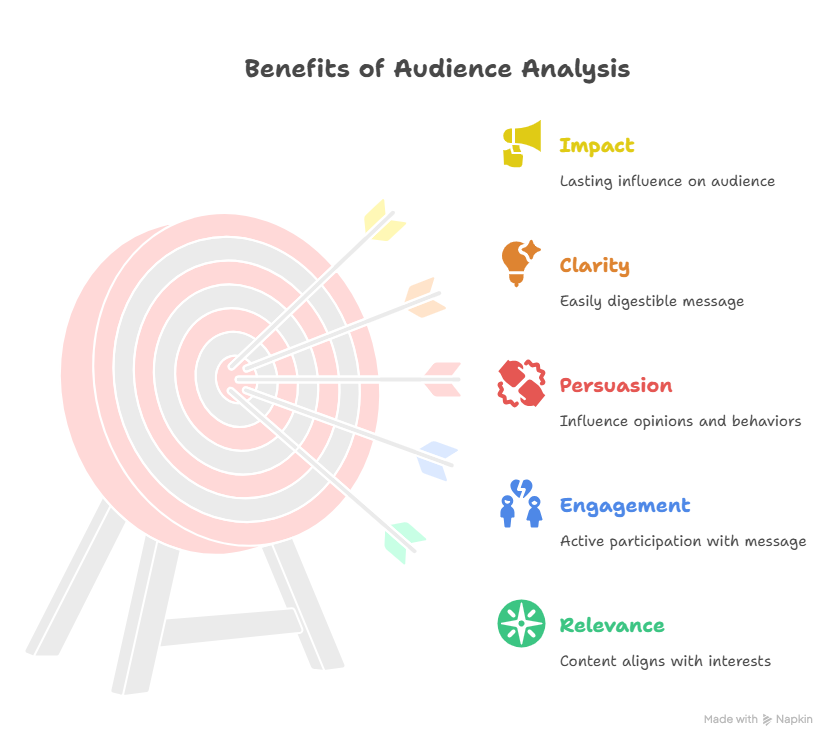
To begin this voyage of research, you might want to use your social media accounts to conduct surveys or polls. These tools can show you a lot! Ask your audience directly what their main problems are in your niche. Are they having trouble finding good products? Do they require help figuring out how to utilize some things correctly? This input is worth its weight in gold because it comes straight from the horse’s mouth (or should I say, straight from the keyboard?).
Once you know what their problems are, think outside the box about how your affiliate items may help. If you promote kitchen devices and find out that a lot of your followers hate making meals because it takes too long, You could make material that shows how a certain device makes prep time a lot shorter. A fun movie showing how to use it could be a good idea! You’re not just selling when you meet their demands head-on; you’re giving them true value.
Also, don’t be afraid to share success stories or testimonials. If someone had a great time with one of the things you sell, tell that tale! People like experiences they can relate to, and they want proof that what you’re saying works. Adding these stories to your posts makes them more interesting and motivates people to click on them and trust you.
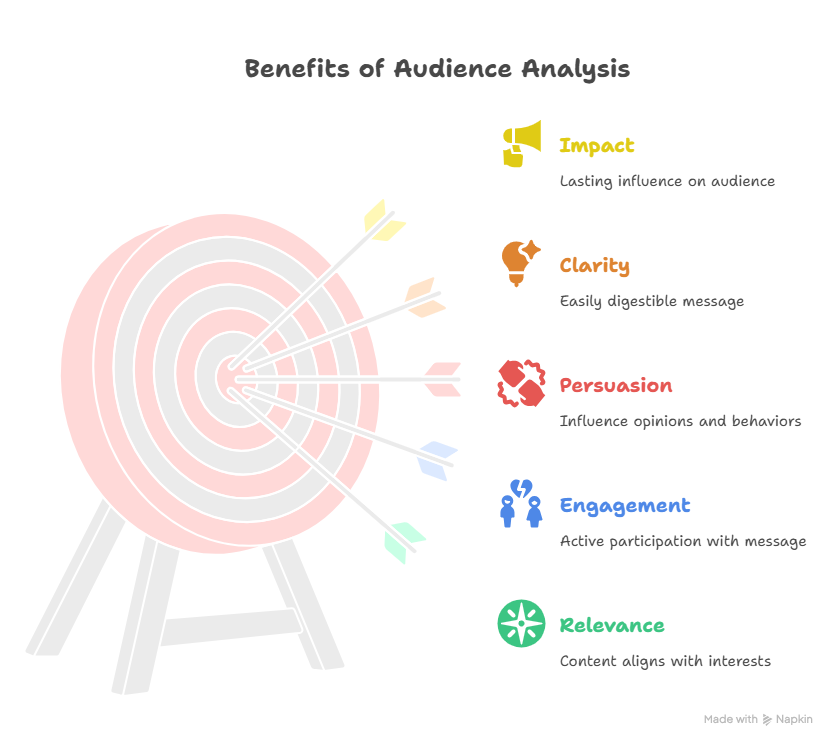
And let’s be honest: no one likes to feel like they’re being sold to all the time. Instead of constantly pushing sales pitches, try framing your messages around fixing problems and quietly including affiliate links as part of the solution. This method makes you look like a helpful resource instead of just another salesperson in a congested market.
In short, knowing what makes your audience tick is not only helpful, but also necessary for writing messages that really connect with them and get them to take action. So get to know them better by rolling up your sleeves! The more you know about what they want and need, the easier it will be to make content that gets people to interact with it and, in the end, converts.
Crafting Engaging Content
It’s time to make some interesting material now that you know who you’re talking to. To be honest, no one likes to read dull sales pitches. We’re all here for entertaining and exciting things! So, how do we make things more interesting?

Begin by sharing stories. People enjoy stories because they are easy to relate to and remember. Talk about your own experiences with the thing you’re selling. Did that kitchen tool save dinner last week? Or maybe those headphones helped block out the noise from the neighbors while you watched a movie? Sharing real-life experiences helps personalize your brand while showing potential buyers just how valuable those affiliate products can be.
Pictures are also very crucial! You know how it is: you’re going through your social media page when a bright, vibrant picture captures your eye. Bam! You’ve come to a standstill. That’s the magic of images, my friend! In today’s fast-paced digital world, when people have shorter attention spans than goldfish (really, look it up!), having eye-catching photos or videos can make all the difference in getting people to pay attention.
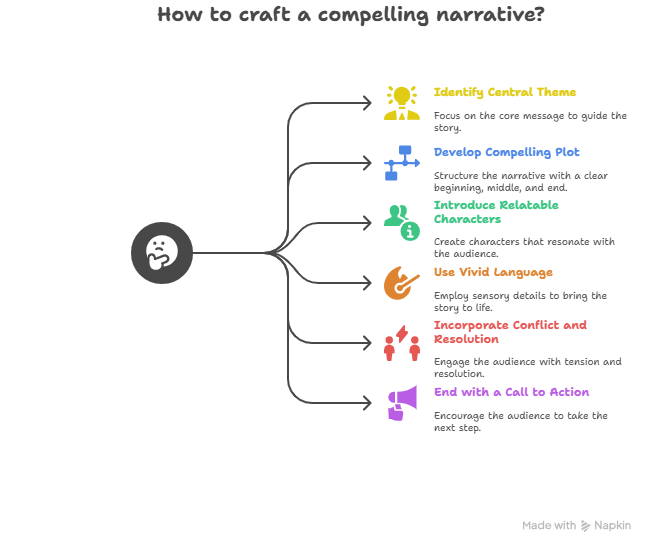
First, let’s discuss about graphics. These cool little things are powerful because they combine information with good-looking images. They’re like the Swiss Army knife of content: they look good and provide you information at the same time! If you’re trying to sell an affiliate product, think about making an infographic that lists its most important features or benefits. For instance, if you offer a fitness tracker, make an infographic that shows how it helps people keep track of their heart rate, steps, and even the quality of their sleep. This not only gives your viewers useful information, but it also makes them want to share the infographic with their friends!
Let’s go into video content now. Videos are the most popular thing these days, as you can see on TikTok and Instagram Reels. Short videos that show how a product works might be quite helpful. Imagine showing someone how to use that cool kitchen tool you love so much. They see it in action and say, “Wow, I need that in my life!” Videos let you convey stories in a more interesting way. You may show not just what the product does, but also how it fits into everyday life.
Speaking of videos, don’t forget about those funny clips that show what goes on behind the scenes! People like to see the real people behind brands; they want their marketing to be real too. You may film yourself opening a new product or giving innovative ideas on how to utilize it. Your audience will feel more connected to you and what you’re selling because of this personal touch.
And here’s something to keep in mind: remember the expression “a picture is worth a thousand words”? That’s right! A well-placed picture may swiftly and clearly get across complicated ideas. Instead than writing long paragraphs describing why your affiliate items are great (which we both know might put anyone to sleep), let pictures do the talking for you. Use high-quality pictures that display your products from multiple angles or in different contexts so that people who are thinking about buying them may get a good idea of what they are.
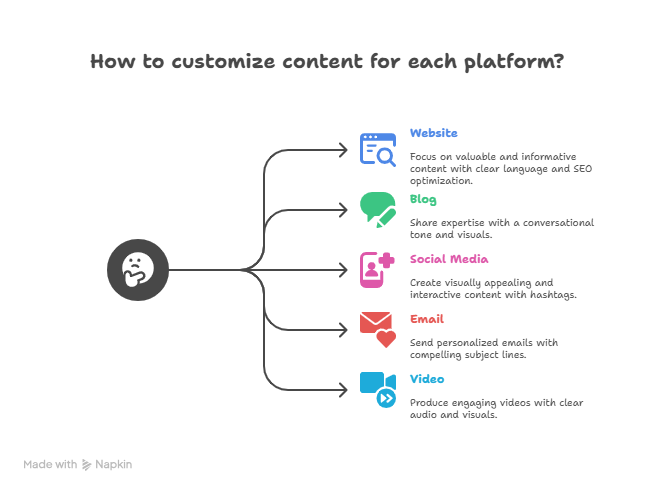
Last but not least, even though it would be tempting to fill every article with a lot of dazzling graphics and videos, balance is crucial! Too many pictures can make things too much instead of interesting. Choose graphics that help your message instead of taking away from it.
In the end, adding interesting pictures to your social media strategy isn’t just a good idea; it’s a must! Using infographics and interesting videos judiciously while keeping a balance in your posts will get people’s attention and make them click on your affiliate links like never before! So let your creative ideas flow and see how many more people get involved!
Timing Is Everything
I think we can all agree that the right time to post on social media is really important. You may write the best post ever, with sparkly unicorns and everything, but if no one reads it because it’s buried under other posts from last Tuesday… That’s really sad!

Depending on your target audience’s habits, some days and times are better for getting people to engage than others. For example, a lot of research says that publishing lifestyle-related content on weekday evenings is a good time to do it, while posting about family on weekends can be better.
It’s like trying to find the best recipe for your favorite dish when you change the times you post. You have to try a few different things before you get the right one. You might be wondering why this is so important. Well, let me tell you this: the time of day may make or break your social media engagement! You can’t just post material whenever you feel like it; you need to know when your audience is most engaged and eager to interact.
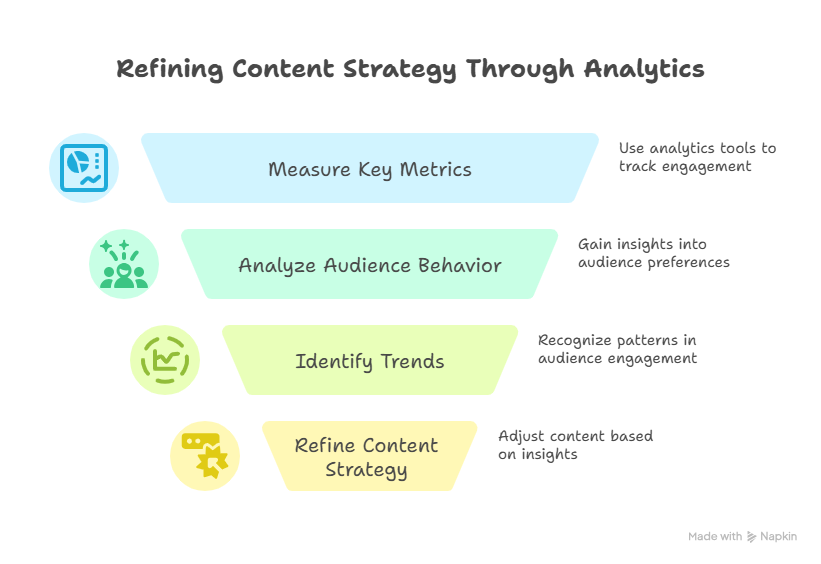
To start, think about what your target audience does on a regular basis. Do they get up early and check their feeds while drinking coffee? Or are they surfing through Instagram in bed like night owls? These simple things can assist you figure out when the optimum times to post are. For instance, if you want to reach busy professionals, publishing during lunch or after work can work better than during the 9-to-5 grind.
Now it’s time to have some fun and try things out! Post at different times during the week and see how each one does. Is Monday morning a complete failure while Thursday afternoons get a lot of likes? You will start to see patterns that will help you plan your future postings. I mean, who doesn’t like a good mystery that concludes with “Aha! That’s what works!”?
And don’t forget about all the great tools out there that help us out, like Hootsuite and Buffer. You can schedule posts ahead of time on these platforms, so you don’t have to be glued to your screen all day, unless you want to take additional coffee breaks (which I totally get). You may plan up a whole week’s worth of postings in one go with scheduling tools. Then you can go for a nice walk or binge-watch that new show that everyone is talking about!
It’s interesting because scheduling also lets you choose your content more carefully. Instead of posting things at the last minute that are full of mistakes and odd phrasing (we’ve all been there), planning everything out ahead of time allows you focus on quality over quantity. You might spend time coming up with funny captions or choose the right pictures that really show off your business.
But hold on, there’s more! When you change your publishing schedule, don’t simply change the time; also change the kinds of information you post! One day, you might post an amusing meme that has to do with your topic, and the next day, you might post an infographic or video lesson that teaches something useful. This keeps your readers interested and excited. No one likes to see the same kind of content over and over again; it becomes dull quickly!
Overall, it’s important to choose the ideal time to publish on social media so that your affiliate links get the most attention. So jump into those metrics like a kid would jump into a pool on a hot day! Keep testing until you find out what works best for your followers. Let’s just say it will feel like winning the jackpot without even having to buy a ticket!
Utilizing Hashtags Wisely
Let’s speak about hashtags now that we’ve spoken about how to stand out in all that noise. These small treasures are really important for getting more attention on sites like Instagram and Twitter, where people often search by tags instead than browsing through feeds for hours.
But wait a second—don’t go crazy with the hashtags! If you use too many, people might think you’re spammy (and trust me, no one enjoys being called that). Instead, look for hashtags that are relevant to both your niche market and the product you’re promoting.
Using the appropriate hashtags to promote exercise gear—or any other product, for that matter—is like picking the correct toppings for your pizza. You need a blend that will please both hardcore enthusiasts and casual viewers. If you just put on #FitnessGoals or #WorkoutEssentials without thinking about it, you can miss out on meeting people who are really interested in what you have to give.
Let’s take a closer look at this. First, using particular tags like #FitnessGoals or #WorkoutEssentials might help you reach the right people. People who are actively looking for motivation or fitness-related products use these hashtags. It’s like sending out an invitation to a party when everyone has the same interests. Everyone is there for the same cause!
Now, here’s where things become even more interesting: adding broader tags can help you reach more people. Hashtags like #HealthTips reach more people and bring in those who may not be looking for exercise gear but are nonetheless interested in living better lives. They might see your message while looking for general health tips and think, “Hey!” That exercise gear seems quite neat! This is how you make those happy little accidents happen.
And on that note, tags that are specific to a location can affect the game! If you’re trying to reach people in your area, like if you’re selling yoga mats in New York City, adding something like #NYCFitness could help you connect with people who want to find local options. It’s like putting up a neon sign that says, “Hey, people who live here!” “Look at this!” People experience a feeling of connection and relevancy when they see content tagged with their city or region. Generic tags just don’t do that.
But wait, we don’t want to scare off potential followers by using too many hashtags either! Think about going into a store where everything on the shelf is yelling at you. It’s too much and, to be honest, a little annoying. Also, sending users an infinite list of unrelated hashtags can make your message less clear and make it harder for them to focus on what matters most. A tailored strategy implies picking exactly the right number of relevant tags that work for you without giving you too many choices.
To put this into action, think about making a hashtag plan that is unique to each post. To begin, think of 3–5 niche-specific hashtags, 2–3 broader ones, and maybe one or two location-based tags if they apply. This will help you stay organized and make sure that as many people as possible see your content.
Also, don’t forget to keep an eye on the hashtags that are popular in your industry! If you want to get more people to see your postings, you can sometimes capitalize on popular trends. Everyone enjoys being part of what’s hot right now (who wouldn’t want to ride the wave?). Keep in mind that being relevant is really important! If it doesn’t connect with what you’re selling or feels forced? So, let’s just state that no one wants wet pizza!
In short, using targeted hashtags effectively when promoting fitness gear or any other product can greatly increase engagement and bring in people who are really interested. By using both particular and wide categories and thinking about where your articles will be seen, you can make posts that really connect with people without giving them too many choices that aren’t relevant. So use those hashtags properly; they are powerful weapons that can help you.
Building Relationships Through Engagement
Some people might be surprised to learn that social media isn’t just about sharing information; it’s also about making connections! When you respond quickly to comments on your blogs, it tells your followers that their ideas count. Believe me, people enjoy it more than you think!
Engagement works both ways! Ask questions in your blogs or run polls that are directly relevant to affiliate products to get people talking. For example, “What’s everyone’s favorite workout gear?” This not only gets people talking, but it also gives you useful information about what your followers like the most.
Let’s take a moment to talk about being real. It’s the hidden ingredient that makes your favorite dish taste good. Without it, everything else is boring. Being honest is not simply a nice-to-have when you use affiliate links to sell things; it’s a must! Think about how it might feel to see someone on social media who looks too perfect or too beautiful to be true. You know the kind: they always have a flawless smile, their hair looks like it was done by a team of pros, and every product they recommend is “the best thing ever.” To be honest, doesn’t that make you roll your eyes a little?
Now, think about this instead: you see someone talking about their real-life experiences with a product. They’re not ashamed to expose the good and bad; maybe they publish a video of themselves using that fancy blender for the first time, with all the smoothie spills and everything! This kind of openness makes an instant bond. You start to think, “This person is like me!” “Maybe I’ll try this blender too if they can mess up while using it and still love it.” That’s the magic of being real.
When people feel that you’re being honest, they start to trust you. Trust is like that strong bridge that takes them right to the shiny affiliate links you’ve carefully put in your content. Think about it: would you click on an affiliate link from someone who seems fraudulent or not honest? Not likely! But what if you feel close to them because they’ve told you the truth about their lives or shared their thoughts? Now we’re getting somewhere!
So, how can you make your posts more real? Share personal stories about the stuff you’re selling to get things going. Did that new fitness tracker help you finally meet your goal of walking a certain number of steps? Tell that story! It might have given you the motivation to keep going during a hard workout when all you wanted to do was curl up on the couch with some munchies (we’ve all been there). These real moments mean a lot more than generic sales pitches ever could.
Also, don’t be afraid to show flaws. Don’t hide things that didn’t go as planned, like those running shoes that gave you blisters after just one workout. Instead, tell them what happened and how you solved the problem. Maybe there was another shoe model that was far more comfortable. Being this honest will help you connect with your audience since people like to see both sides of the story.
Also, being open with your followers will help them trust you even more. If you take the time to respond to comments or queries, it demonstrates that you care about their experience and aren’t just trying to get them to buy things so you can make money. People want to be heard and respected. When they perceive that you really want to help them discover solutions and not just make sales, they are much more likely to click on those affiliate links.
In short, remember that being real is really important when trying to connect with potential clients online. You can build trust by being yourself, sharing real experiences, and making meaningful connections. And let’s be honest: who wouldn’t want more clicks on those shiny affiliate links when people know what they’re buying? So be yourself; it’s one of the most powerful things you can do!
Analyzing Results for Improvement
It’s time to do some math now that you’ve put your plans into action. Keeping an eye on performance data helps you figure out which strategies performed best and which ones need to be improved in the future.
Keep an eye on the click-through rates (CTR) from each platform and the overall levels of interaction for different sorts of content over time. That input can help you make better content in the future, whether photographs worked better than videos or the other way around.
Let’s talk about being flexible in your approach, especially when it comes to sharing affiliate links on social media. The internet world is like a roller coaster that goes really fast. One minute you’re going up, and the next you’re going down! Trends change faster than you can say “viral video,” so what worked yesterday might not work today. So why keep using an old strategy? It’s not only smart to accept change; it’s necessary!
First, let’s speak about how technology has a big impact on what people like. Every day, new apps, services, and platforms come up that get people’s attention. Just look at how TikTok blew out! It changed how people consumed material from static posts to dynamic short videos in a matter of hours. If you were still publishing long updates while everyone else was dancing to short clips, you would be left behind. If you stay flexible, you may swiftly change course and take advantage of these changes.
I know what you’re thinking right now: “But how do I know when to change my plan?” That’s a great question! One of the best things to do is to keep a careful check on analytics. Most social media sites let you see how many people liked, shared, or commented on your posts. If you look at this data on a frequent basis, you’ll start to see trends that show you what your audience likes. Did a certain post that had an affiliate product in it go viral? Great! You might want to think about making more content that has similar themes or formats.
If something goes wrong in a big way (we’ve all been there), don’t take it personally! Don’t dwell on how bad your joke or infographic was; instead, see it as helpful criticism. Use what you’ve learned to make changes to your future postings. To make things clearer, you might choose to simplify your message or change the way you show things. Being flexible is being open to learning from mistakes instead of sticking to an idea that isn’t working.
Also, talking to your audience can help you make these changes. Ask them directly what they like and don’t like about your material. This kind of connection not only brings people together, but it also gives you real-time feedback from the people who matter most: your followers!
Staying flexible doesn’t mean giving up your core principles or brand identity completely; it means being able to change within those limits. For example, if humor is part of your style but suddenly doesn’t fit because of shifting trends or audience demographics, you might want to try using light-heartedness in a different way instead of getting rid of it completely.
To sum up, don’t be afraid to make changes based on what you learn. Being flexible is important in this fast-paced internet environment where user preferences change all the time because of new technology and cultural changes that happen every day! If you welcome change with open arms and carefully look at statistics while paying close attention to feedback, you’ll be ahead of the curve and keep those clicks coming in on those bright affiliate links! So get ready for the journey and enjoy it; it will be exciting!
Conclusion: Take Action Now!
So there you have it: a roadmap full of advice on how to use social media to promote those valuable affiliate connections. I hope this makes you want to do something, because every day you wait means missing chances that are just out of reach…
Now go out and do what you learned here today with confidence. And remember to keep trying new things until you find what works best for you and your audience!
Suggested Resources
How To Promote Affiliate Links on Social Media
https://www.smartpassiveincome.com/blog/promote-affiliate-links-social-media/
The Ultimate Guide to Affiliate Marketing
https://www.shopify.com/blog/affiliate-marketing-guide
10 Tips for Effective Social Media Marketing
https://neilpatel.com/blog/social-media-marketing-tips/
Frequently Asked Questions
How do I identify the right audience for my affiliate links?
Understanding your audience begins with studying their interests, behaviors, and needs using social media analytics. This helps you tailor content that resonates and increases conversions.
What type of content works best for promoting affiliate links?
Content that tells stories, shows real product use, or includes visuals like images and videos typically performs best. These formats capture attention and build trust quickly.
When is the best time to post affiliate content on social media?
The best time depends on your audience’s online habits, which you can identify through platform insights. Testing different posting times helps you discover peak engagement periods.
How many hashtags should I use on each post?
Use a balanced mix of niche-specific, broad, and occasional location-based hashtags without overloading your post. This increases reach while avoiding a spammy appearance.
Why is engagement important when promoting affiliate links?
Engagement builds trust and strengthens relationships, making followers more likely to click and purchase. Authentic conversations create a loyal community around your content.
How can I make my affiliate posts feel more authentic?
Share personal stories, honest experiences, and transparent recommendations that reflect real use. Authenticity helps your audience feel connected and encourages more meaningful interactions.
What metrics should I track to improve my affiliate marketing results?
Monitor click-through rates, engagement levels, and content performance over time. These insights show what’s working and guide future strategy adjustments.

Kevin Collier is a seasoned writer and technology enthusiast with a passion for exploring the latest industry trends. With a background in digital marketing and content creation, he brings insightful perspectives to imhits.com on emerging technologies, innovations, and their impact on everyday life. When he’s not writing, Kevin enjoys experimenting with new gadgets and sharing his knowledge with fellow tech aficionados.





